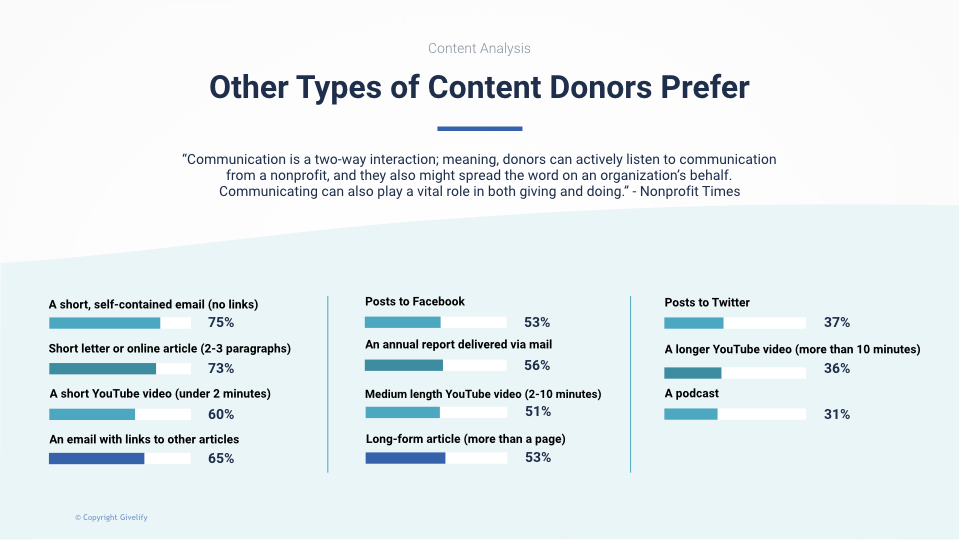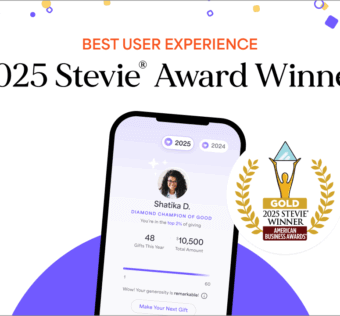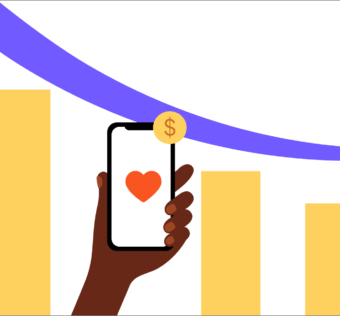How Can Higher Donor Engagement Increase Giving?
Have you considered that all your energy to get more donations by gaining new donors could be more effectively channeled into retaining the ones you already have? How is that done? Through donor engagement!
What Does Donor Engagement Mean?
Engagement is simply the act of connecting with your donors through interactions. You can interact with them in a variety of ways — in person, through your website, email, social media, etc. Increasing that engagement is the key to increased giving.
Saying Thank You is Not Just Good Manners
We all know that saying thank you is simply good manners. However, saying thank you to donors is more than good manners, it’s strategic. When people feel appreciated and recognized, they become more generous.
According to the Nonprofit Times Donor Engagement Study, first-time donors who receive a personal thank you within 48 hours are four times more likely to give again.
Elements of an Engaging Thank You Letter
Tammy Zonker, a development director and fundraising consultant shared her personal checklist of recommendations when writing and sending a thank-you letter with Guidestar:
- Send the thanks letter promptly, within 72 hours or less of gift receipt.
- Triple-check that the name (and everything else) in the letter is spelled correctly. You’ve also included the gift amount and any restrictions the donor has specified.
- Include a “grateful testimonial” quote, either from someone served or from someone in a position to know. (“As head of nurses, I can tell you quite honestly that your gift…”)
- Make sure pronouns are about the donor, with a 3:1 ratio of “You” vs. “We.”
- Use phrasing that obeys what Jerry Panas calls the BOY rule: “Because of you…”
- Include what Tammy calls “mission impact statements.” These are evidence from the field that your programs work. Keep it short.
- Determine the “best person” to sign the letter. In other words, if you were a donor, who would you like to hear from most? Maybe a mother whose child was saved? Or maybe you’d prefer the board chair?
- Include a handwritten personal message. For many readers, this will be the “warmth highlight” of the letter.
Thank yous, in the end, are simple ways to show your appreciation. Gratefulness shows that the donor’s sacrifice is noted. After all, you never know how much of a sacrifice they are really making.
Could they have used that money toward their kid’s braces, therapy, or college? Did they sacrifice a cup of coffee, a date night out, or a pair of new shoes? Whether big or little, you can bet that money donated could have been spent on something else. Instead, they gave it to support your organization. Show your gratitude. That is just good manners.
If Content is King, Personalized Content is Emperor
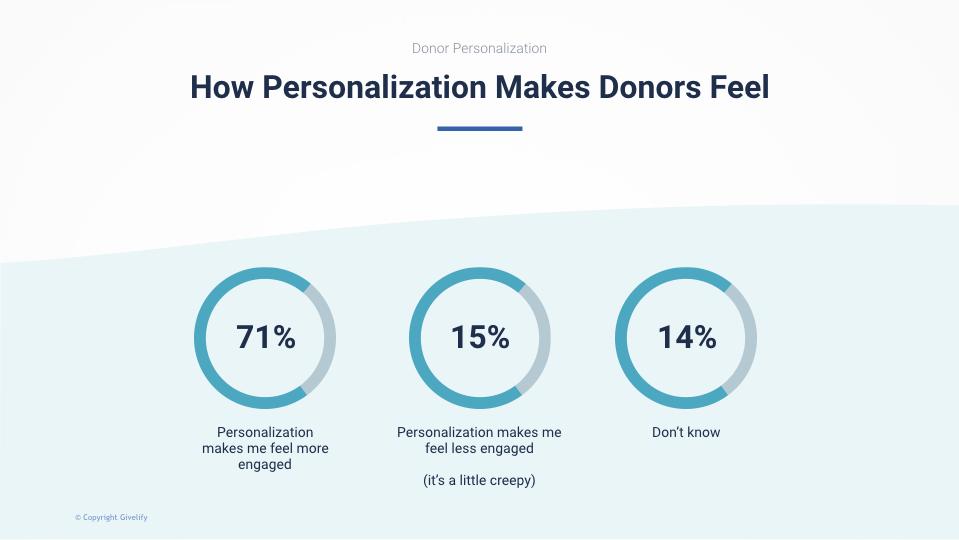
Again, according to the Donor Loyal Study, approximately 71% of donors feel more engaged with a nonprofit when they receive content that’s personalized. Types of content donors prefer:
- A short, self-contained email (no links)
- A short letter or online article (2-3 paragraphs)
- A short YouTube video (under 2 minutes)
- An email with links to other articles
- Posts to Facebook
- An annual report delivered via mail
- Medium-length YouTube video (2-10 minutes)
- Long-form article (more than a page)
- Posts to Twitter
- A longer YouTube video (more than 10 minutes)
- A podcast
Fundraising Coach, Pamela Grow recommends the following strategies to build an engaging donor strategy:
- Thanking donors well — and promptly
- Speaking your donors’ language — lose the jargon!
- Creating a communications calendar with a minimum of 12 touches per year
- Sharing the stories of how your donors’ gifts are making a difference
- Understanding customer service and how it translates to donor service
- Building a culture of philanthropy throughout your organization
Taking these steps will lead to more engagement which equals more giving, she says, “…and, I believe, most importantly, truly understanding your donor’s motivations in giving.”
Sign Up for Givelify to Quickly Boost Donor Engagement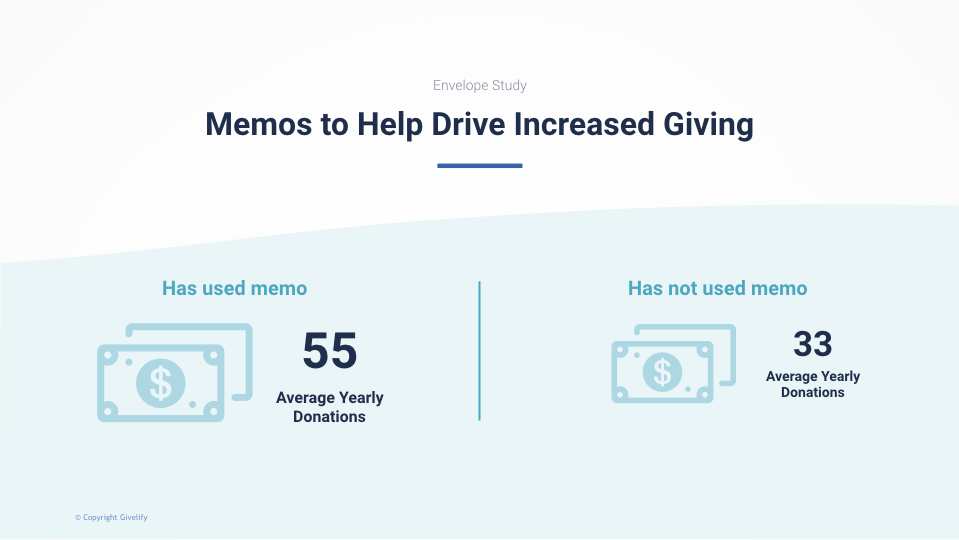
Research has shown time and time again that organizations that engage with their donors have more giving than those that don’t. Givelify’s memo feature makes engaging with them easier than ever.
Using the memo feature in Givelify is a great way to interact with your donors. Responding to their donations with a quick thank you goes a long way.
Donors who do not use the memo have an average of 33 donations a year compared with donors who have used a memo have an average of 55 donations per year. Givelify donors who have used the memo feature give an average of 60 percent more donations per year, compared to those who have not used the memo feature.
If you are already using Givelify, you definitely should take advantage of this feature in order to elevate your fundraising practices. We wrote about how to use the memo feature here.
Sign up for Givelify now!
